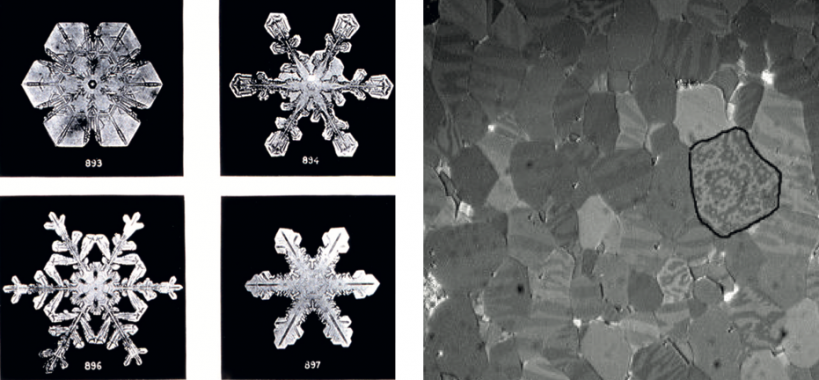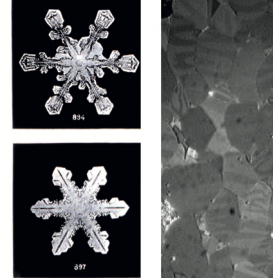Particle physics and mesoscopic physics are two major fields of contemporary physics, dealing respectively with the sub-nuclear scale and the mesoscale, the size domain between the bacterium and the atom. In spite of the large difference in size, energy scale, and nature of the "elementary" entities that separate it from particle physics, mesoscopic physics began in the 1950s to concretely provide methods, concepts, and physical pictures instrumental for the resolution of important problems in particle physics. This process was made possible by realizing that such entities, dissimilar in all other respects, are nonetheless subject to analogous dynamical interactions. They thereby set an epistemic flow in the direction counter to the traditional one, through which the complex contributes towards explaining the more "fundamental" levels of physical reality.
In the past three years as a Research Scholar I investigated, from a historical-epistemological perspective, what I consider to be the inaugurating and systematic instance of this cross-fertilization process: the concept of spontaneous symmetry-breaking. To do this I adopted an archeological approach, as it were, which reconstructs the heuristic development of the concept from its prehistory to the full-blown form, and isolates from it the factors that led its main contributor, the Japanese physicist Yoichiro Nambu, to its discovery. This investigation has brought to light a decade-long (1950–60) stratification featuring a series of re-descriptions of the objects and problems of one field in the conceptual/formal language of the vice and those that largely hinge on analogies, and in which elements peculiar to the Japanese material and cultural context played a pivotal role.
As a Visiting Scholar, I am now completing a monograph for Springer that expounds these findings in depth.

The symmetry-breaking accompanying the formation of crystals and magnetic domains has formed the base of a central concept of particle physics. Image: Author.

